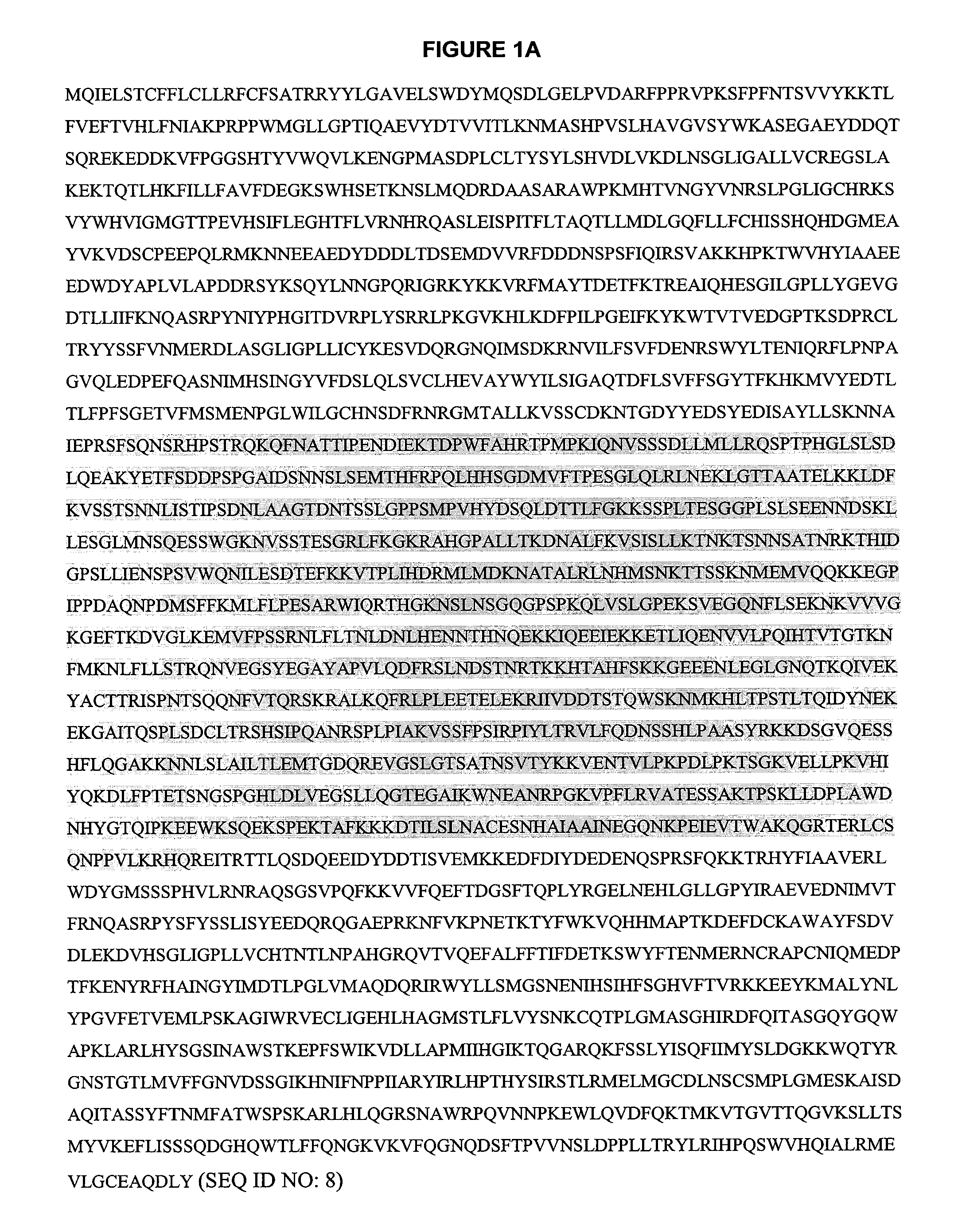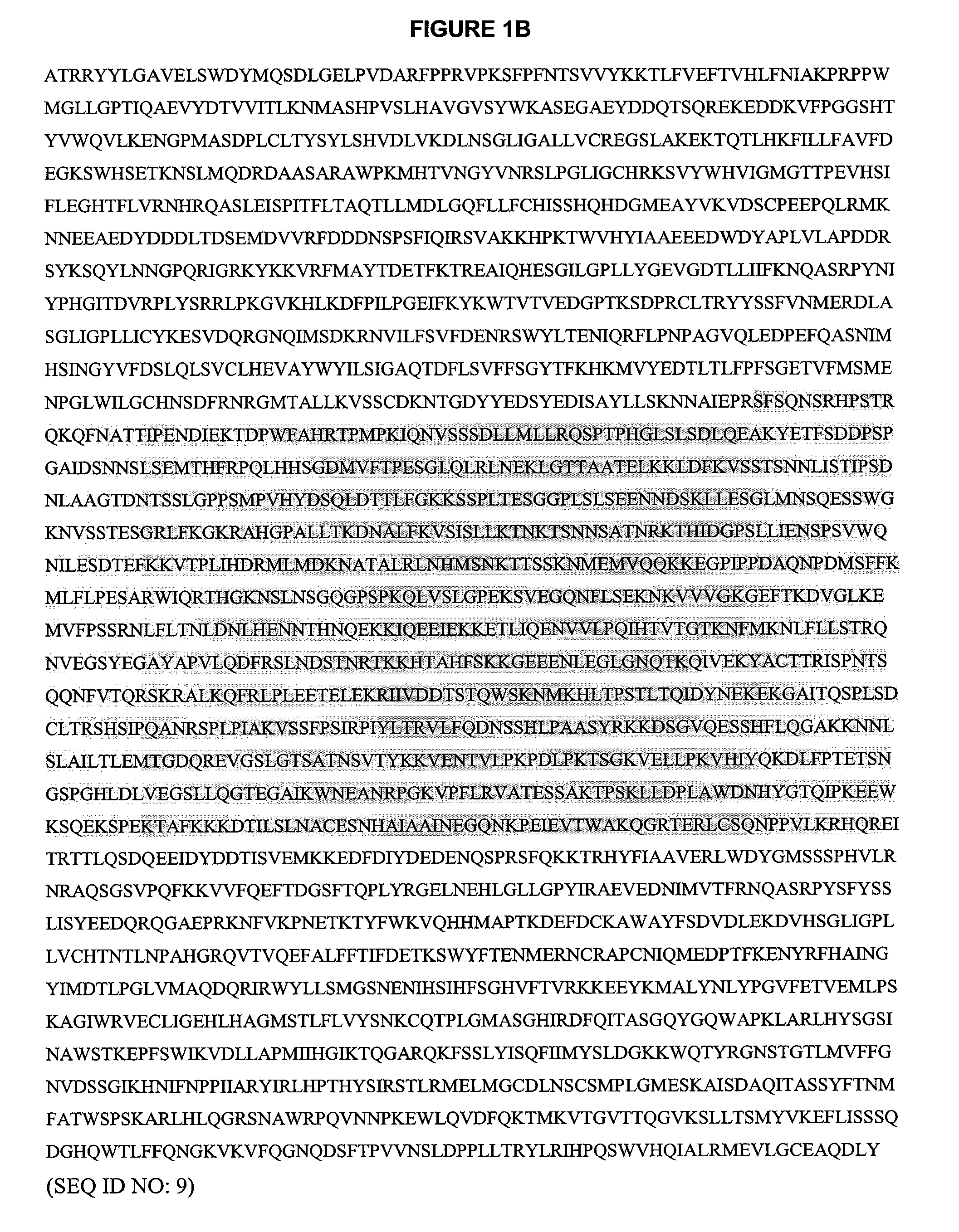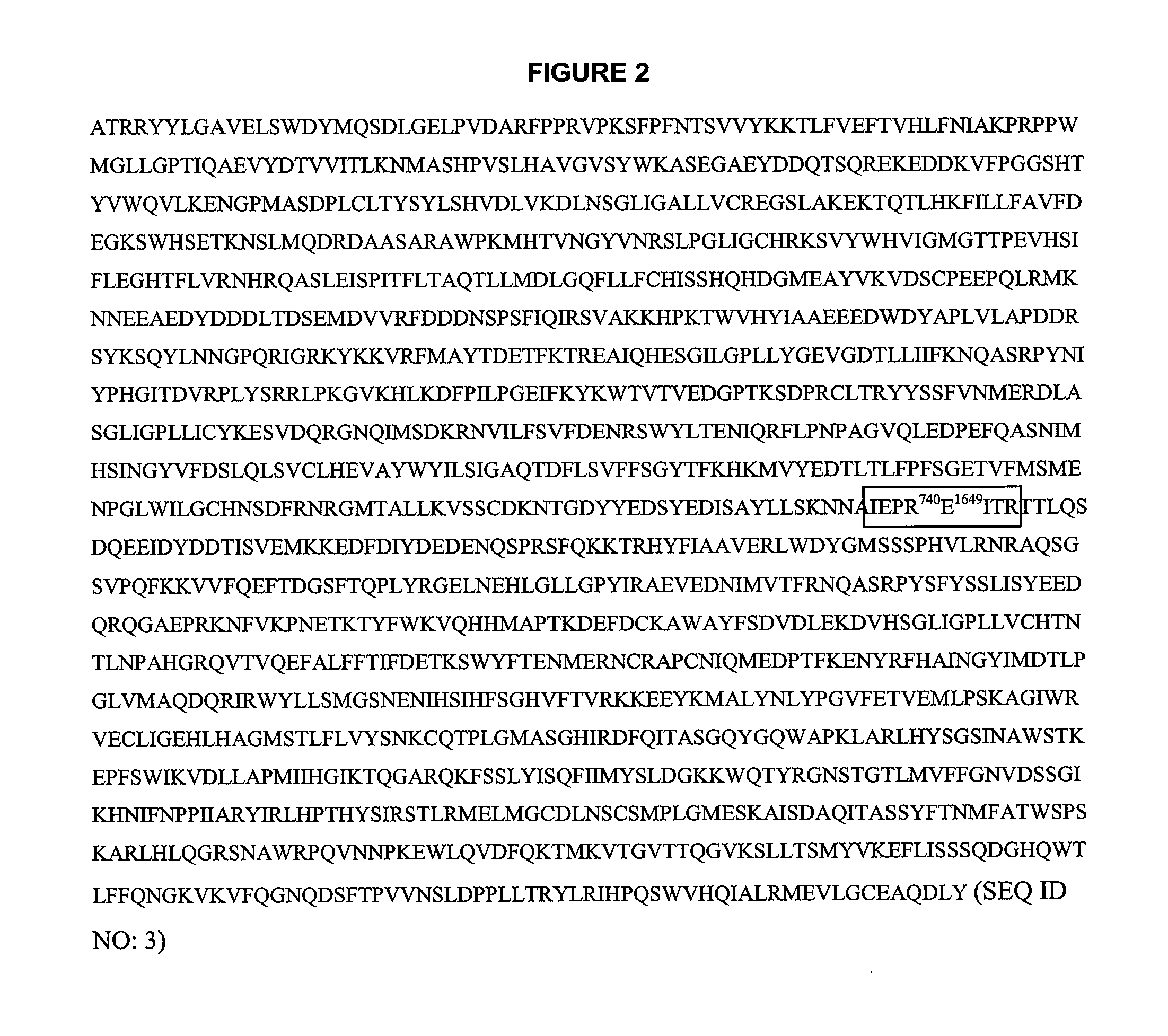Glycoconjugation of polypeptides using oligosaccharyltransferases
- Summary
- Abstract
- Description
- Claims
- Application Information
AI Technical Summary
Benefits of technology
Problems solved by technology
Method used
Image
Examples
Embodiment Construction
I. Abbreviations
[0026]PEG, poly(ethyleneglycol); m-PEG, methoxy-poly(ethylene glycol); PPG, poly(propyleneglycol); m-PPG, methoxy-poly(propylene glycol); Fuc, fucose or fucosyl; Gal, galactose or galactosyl; GalNAc, N-acetylgalactosamine or N-acetylgalactosaminyl; Glc, glucose or glucosyl; GlcNAc, N-acetylglucosamine or N-acetylglucosaminyl; Man, mannose or mannosyl; ManAc, mannosamine acetate or mannosaminyl acetate; Sia, sialic acid or sialyl; and NeuAc, N-acetylneuramine or N-acetylneuraminyl.
II. Definitions
[0027]Unless defined otherwise, all technical and scientific terms used herein generally have the same meaning as commonly understood by one of ordinary skill in the art to which this invention belongs. Generally, the nomenclature used herein and the laboratory procedures in cell culture, molecular genetics, organic chemistry and nucleic acid chemistry and hybridization are those well known and commonly employed in the art. Standard techniques are used for nucleic acid and pep...
PUM
| Property | Measurement | Unit |
|---|---|---|
| Fraction | aaaaa | aaaaa |
| Structure | aaaaa | aaaaa |
| Solubility (mass) | aaaaa | aaaaa |
Abstract
Description
Claims
Application Information
 Login to View More
Login to View More - R&D
- Intellectual Property
- Life Sciences
- Materials
- Tech Scout
- Unparalleled Data Quality
- Higher Quality Content
- 60% Fewer Hallucinations
Browse by: Latest US Patents, China's latest patents, Technical Efficacy Thesaurus, Application Domain, Technology Topic, Popular Technical Reports.
© 2025 PatSnap. All rights reserved.Legal|Privacy policy|Modern Slavery Act Transparency Statement|Sitemap|About US| Contact US: help@patsnap.com



